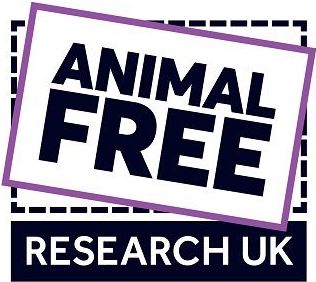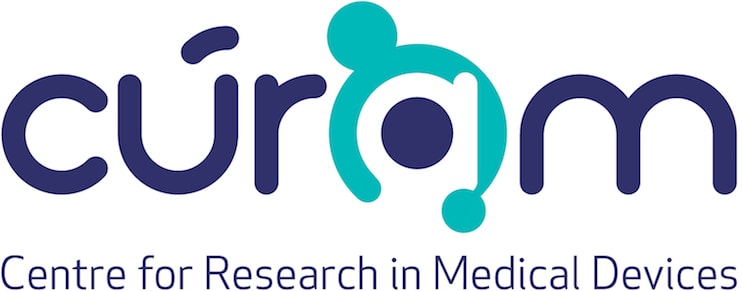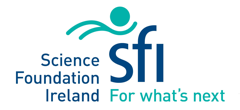Go with the Flow: My Placement Journey at Terumo Aortic
By LifETIME CDT Student: Eleanor Barton (Aston University)
Who knew 3 months could fly by so fast?
From April to early July 2025, I had the opportunity to go on placement in the research and development (R&D) team at Terumo Aortic in Glasgow. My PhD project at Aston University focuses on developing methods to experimentally validate computational flow models for vascular grafts – an essential step in demonstrating medical device performance and securing regulatory approval.
Terumo Aortic specialise in designing and manufacturing grafts for treating aortic aneurysms and dissections – conditions affecting the largest blood vessel in the body. This placement offered a unique insight bridging academic research with industry perspective, for application in a highly regulated medical field.
My goal during the placement was to gain a deeper understanding of R&D processes and Computational Fluid Dynamics (CFD), while exploring how experimental data is integrated into model validation. I was also introduced to documentation and practices that support compliance with American Society of Mechanical Engineers Verification and Validation (ASME V&V40), a standard for model credibility in medical device development; directly relevant to my PhD research.
Having last used CFD in my undergraduate degree, I had some catching up to do. Thankfully, resources like Ansys Innovation Courses (and earning their badges) helped me rebuild my skills and navigate the updated Ansys Fluent software. It was especially helpful to replicate some in-house case studies.
When it came to developing my own cases – for comparing in vivo and in vitro model flow behaviours – I’ll be honest: it was frustrating at times. Choosing an appropriate turbulence model to employ, setting boundary conditions, and waiting over 13 hours only to get nonsensical velocity fields … definitely more than a few of those “character-building” moments. But with additional guidance and a more structured approach – including re-doing mesh independence studies, researching validated simplified turbulence models, and replicating them – I started making progress. Those challenges highlighted the importance of high-quality experimental flow data (for informed boundary conditions), and they sparked new ideas for improvements in my experimental set up back at the lab.
Beyond technical work, I also had the opportunity to present my research and Aston University lab facilities online to Terumo Aortic colleagues across both Glasgow and Sunrise (Florida) sites. The feedback and industry-focused questions helped me see my work from a different perspective, which was refreshing.
I also joined the INVIGOR8 program within R&D – an initiative (already in progress) aimed at promoting the design thinking process to creatively address real-world problems. The program was structured around five key stages: Investig8, Formul8, Ide8, Cre8, and Evalu8, and brought together cross-functional teams, each tasked with tackling a specific problem. Although I joined partway through, I really enjoyed getting involved and collaborating with engineers and technicians from diverse backgrounds.
The goal of INVIGOR8 was to encourage teams to think broadly and iteratively – from identifying problems or unmet needs, to developing potentially actionable solutions. Early-stage brainstorming was a big part of this, and it was great to see how raw and broad ideas were embraced as a valid and valuable part of the creative process. That willingness to start messy and refine collaboratively – as depicted in the image below. Presentation days were a real highlight for me – getting to see what each team had been working on, the range of ideas generated, and how different disciplines contributed to each solution was very insightful. Seeing how different expertise work together to move ideas forward was a welcome contrast to the more solitary work of CFD simulation.
Working in an industry R&D setting taught me some valuable lessons – not just technical skills, but also how to adapt, communicate, think creatively, and overcome challenges in a different environment. Exchanging ideas and knowledge through discussions on flow rig design, phantom manufacture and real-world challenges of prototyping helped me understand the bigger picture of experimental work beyond academia.
Outside of work, I also got to explore Glasgow and the surrounding areas; as well as some day trips further afield, spending quality time with friends. Evening walks and reading in the local park – even in the occasional June rain – became a welcome routine and a peaceful way to unwind.
I am very grateful to the team at Terumo Aortic for welcoming me, my supervisors for their continuous support and to the LifETIME CDT for funding this worthwhile opportunity. I’m excited to carry forward what I’ve learned into the next phase of my PhD – especially as I continue collaborating with Terumo Aortic.












